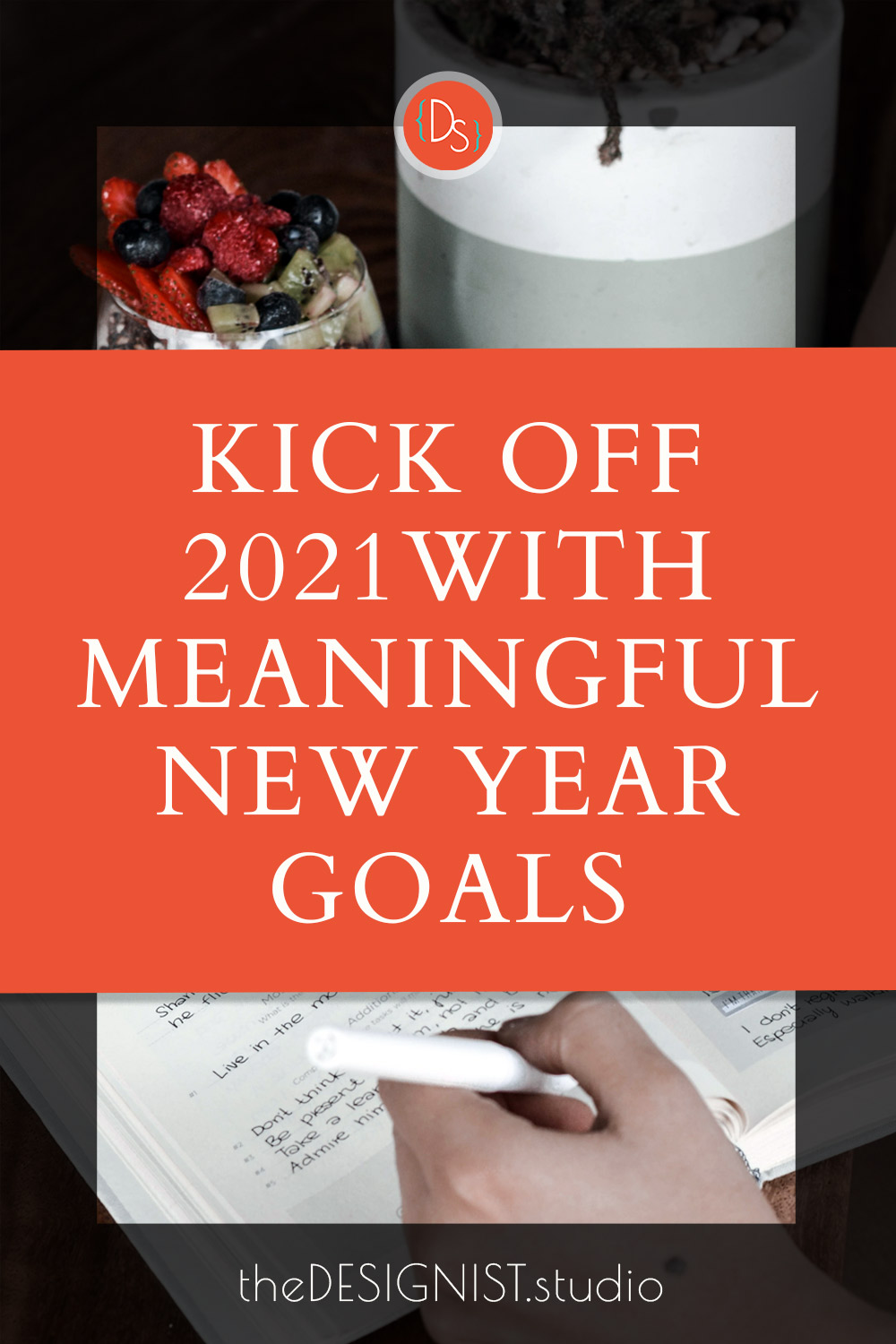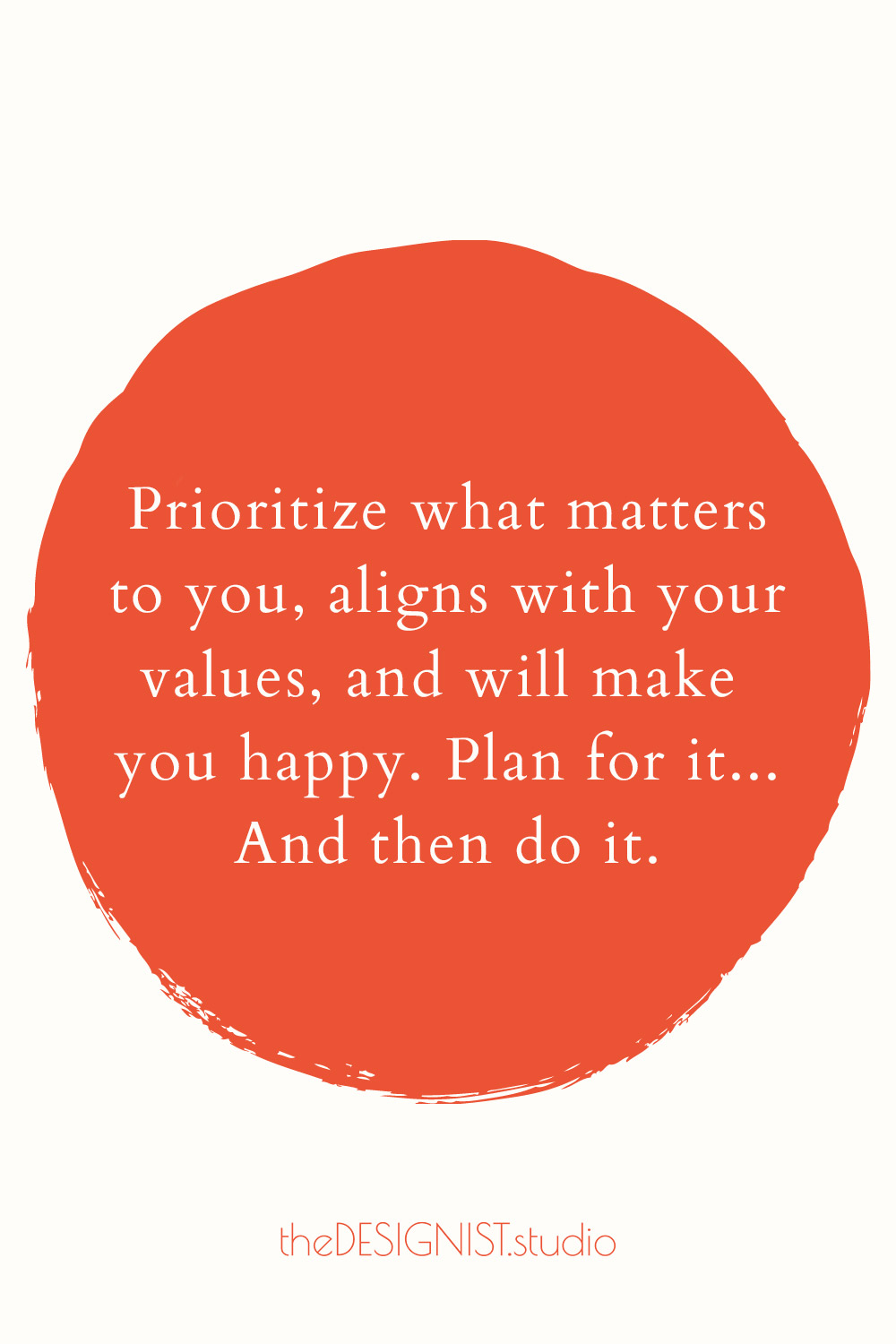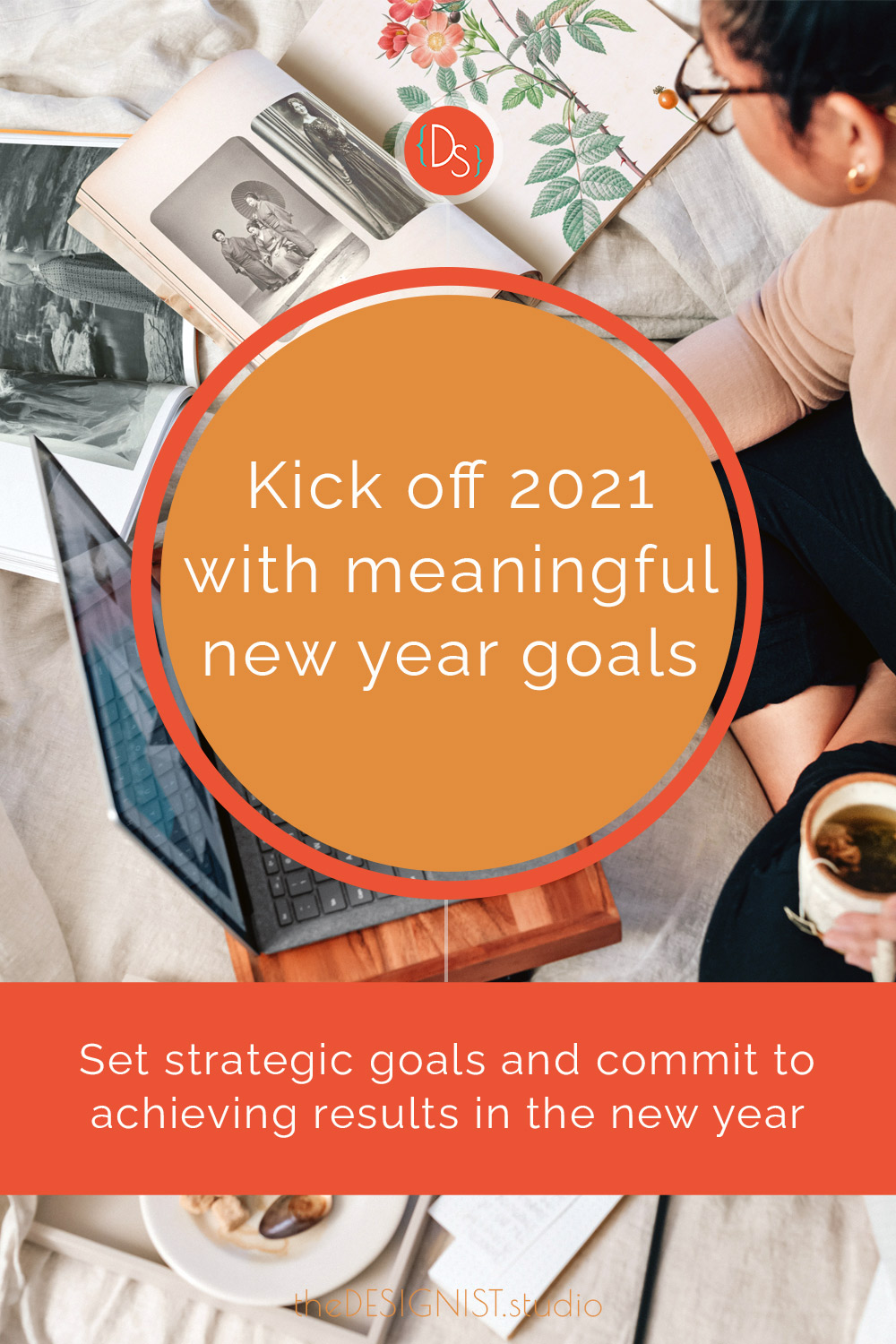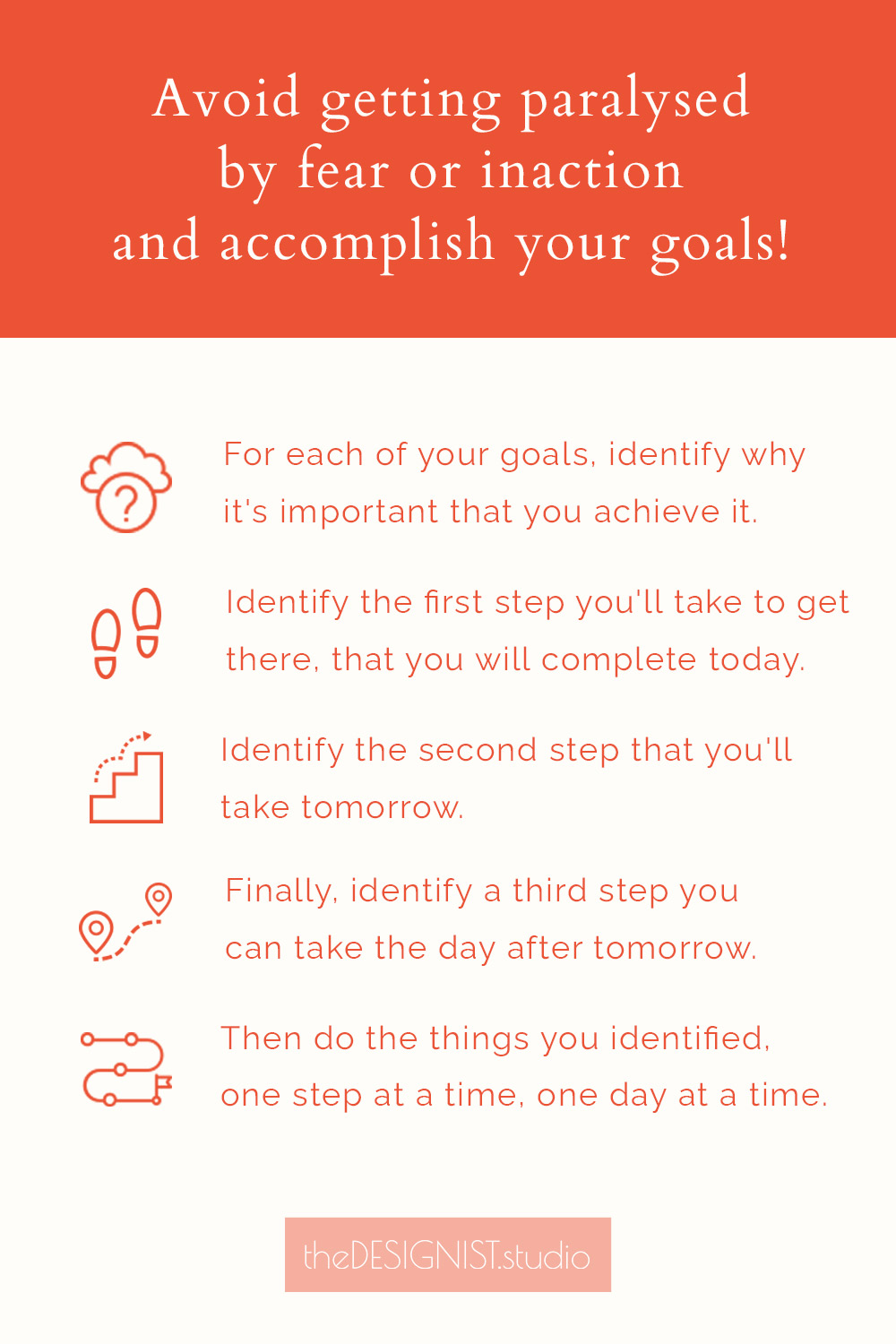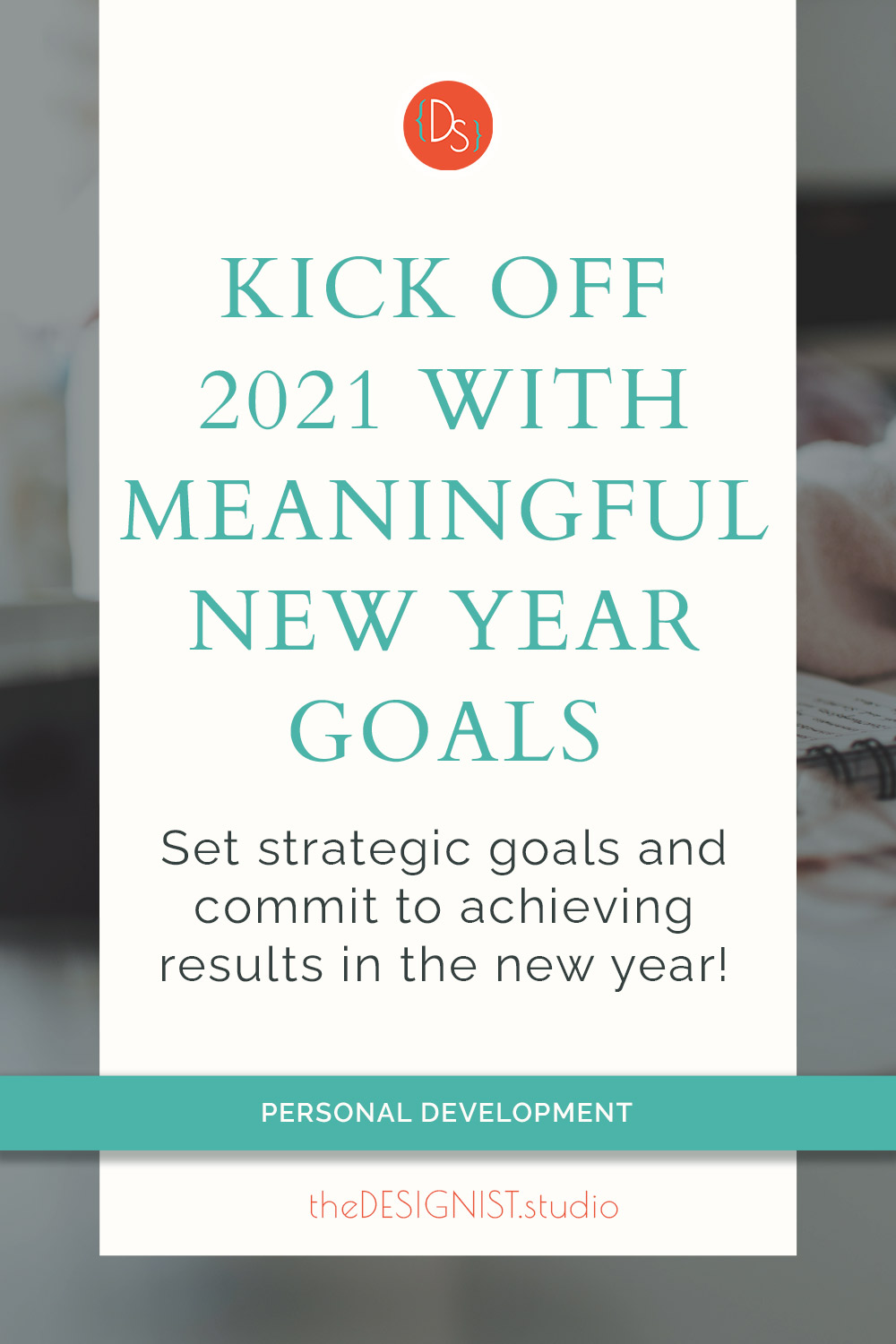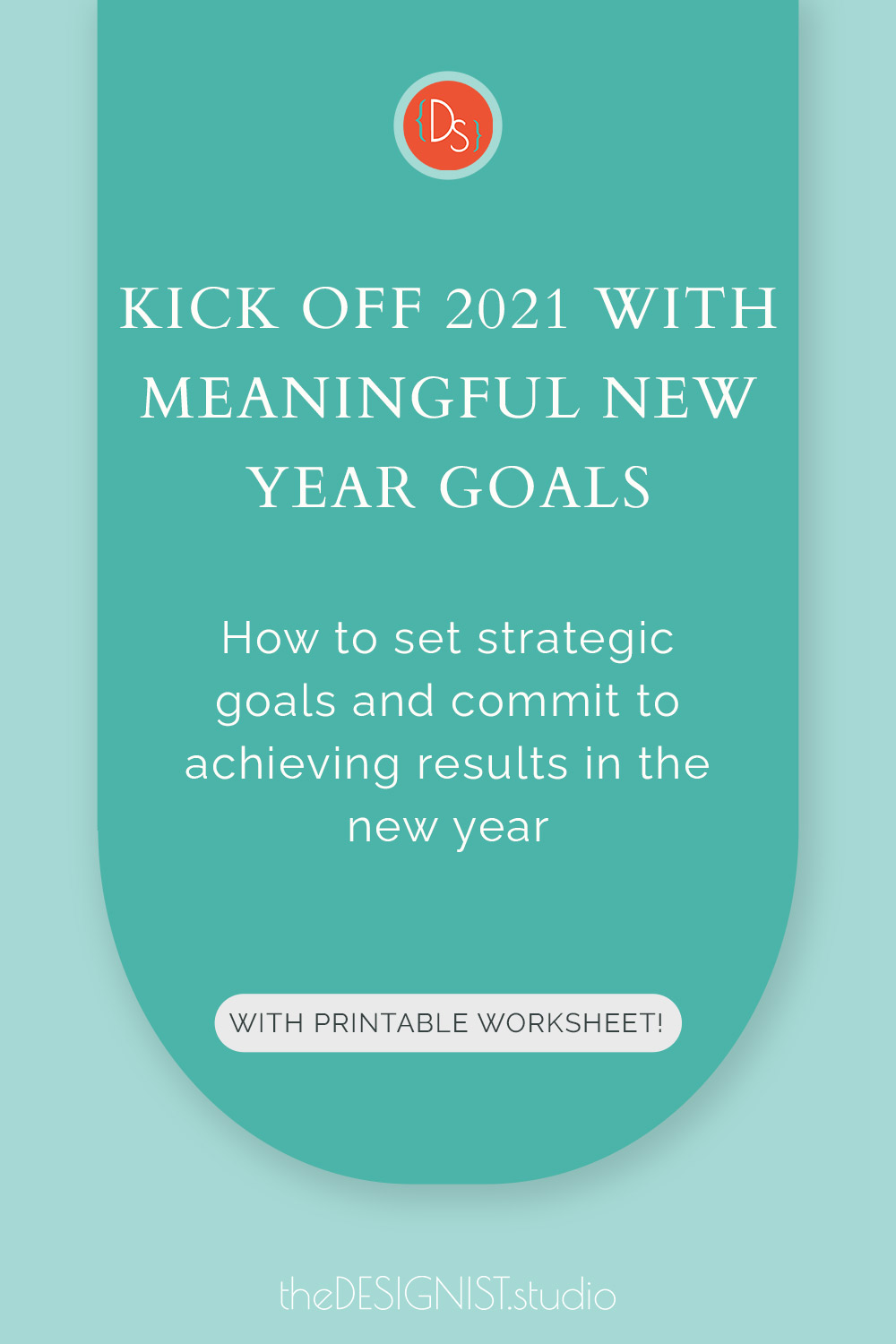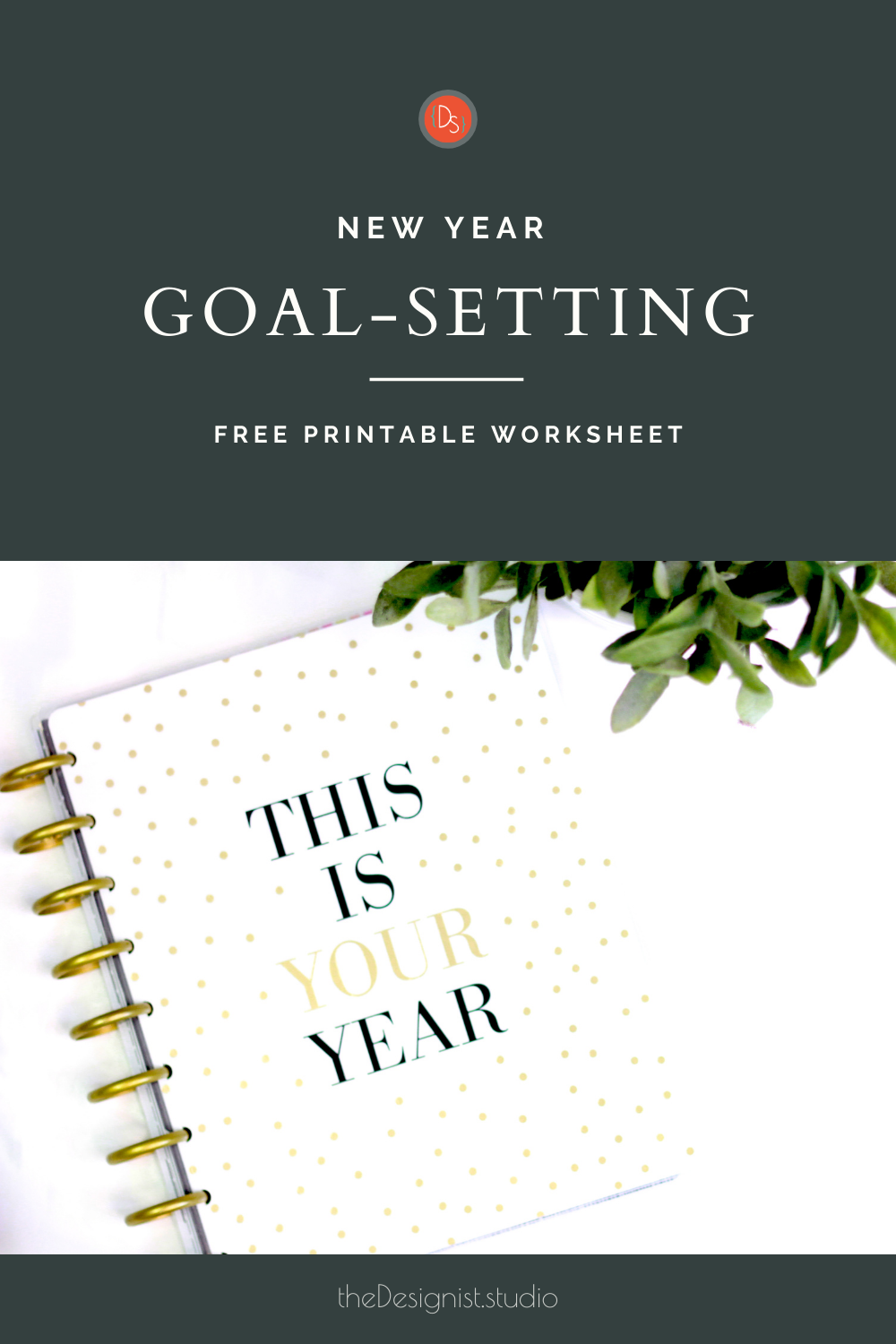How to set strategic goals and commit to achieving results in the new year
I have a Boxing Day tradition that involves setting new year goals that I’d love to share with you. The day usually starts with picking up a late-morning coffee and spending a couple of hours at my local bookstore, where I always get, among other things, a new journal and a few notebooks.
Later in the day, I get together with a few friends and we sit down with munchies and drinks. Our main purpose, though, is to have a serious goal-setting session for the new year.
This started a few years ago when a good friend and I decided to make vision boards for fun on Boxing Day. My friend, Connor, offered to pick up the necessary supplies but it didn’t work out at the last minute. We ended up grabbing a couple sheets of decorative paper I found in the house and we each sat down to write down a few new year goals anyway.
The sheets were folded up and put away in a mason jar and we agreed to come back to it in one year.
The following year, we got together again on Boxing Day and pulled out the sheets to see what we had written down. We discovered that we had achieved some of what we wanted to, though not all of it, entirely. We had actually forgotten about a few of the things on our list, if I’m being honest.
However, a couple of things were clear to us. First, we wanted to continue the practice of intentional goal-setting. Second, we had to approach this with more deliberation in order to reap any real, meaningful benefits from the practice.
One of the biggest changes since then, for me at least, is that I don’t set a bunch of resolutions that I think I should aim for, just because it sounds good.
I set goals that I can work towards with purposeful strategies.
It may just seem like an irrelevant choice of wording. However, the approaches towards resolutions and goals are entirely different. That difference has a significant impact on what I do with my year.
Over the years, Connor and I have continued with our Boxing Day tradition. More people have joined us every year. Our strategies have evolved. The results continue to be valuable year after year though, and I love sharing this idea with others to try.
Read on if you’re interested in making this your own tradition!
But first…
Before you go any further, grab your notes from your year-end review.
If you haven’t had a chance to complete your own year-end reflections yet, I recommend starting there first. The exercise will give you valuable insights to help make strategic new year goals that are most impactful for you.
Sit down to set your goals whenever you want. It doesn’t have to be Boxing Day. That’s the day that works best for me and my friends. We’ve made it a point to set that time aside every year. Doing it on the same day every year is what makes it a tradition though, so we never miss it.
(Get on a video call and make it festive virtually if you can’t get together in person safely this year.)
Everyone chooses to do this differently. Over the years, I’ve developed a structure that works for me, and other friends have adopted it as well. I’ll describe what I do below in case you want to try the same.
I initially started with some version of Tim Ferriss’ dreamlining from The 4-Hour Workweek. Those of you who are familiar with the book might recognize elements of that exercise here, but my own method has evolved over the years to what it is now.
What you’ll read below is the method I find works best for most people.
List your goals
This is where my method lies closest to Ferriss’ dreamlining. I start with a single sheet of paper and divide it into three columns.
In the first column, I write down 3-5 things I want to have. These tend to be material objects I purchase or otherwise acquire, but also include habits and other intangible things. I have had a wide range of things in this column, including:
- > leather jacket to replace the one I wore everywhere and eventually ruined,
- > local driver’s license (I had to surrender my Malaysian license to get a Canadian one),
- > car (which I never got).
In the second column, I list 3-5 things I want to do. This ranges from small everyday habits to large-scale projects and life-changing decisions.
The last column lists 3-5 things I want to be. This tends to lie more closely to my core values, beliefs, and attitude towards life.
To help with this, refer to your year-end review. Take note of the things that are important and meaningful to you. Determine the direction in which you want to grow based on your current strengths and successes. Take into account your challenges and failures.
Write down the things you want that will bring you the change and growth you wish to experience.
Identify which goals to prioritize
At this point, I have a good list of things I want to acquire or accomplish in the next year.
My next step is to identify my top priorities. I choose one big goal that meets two criteria: I really want to accomplish it, and it will have life-changing consequences for me.
I usually take it as a good sign if I feel a little nervous picking it because of some fear that I might not be up to accomplishing the goal.
This goal is the thing that gets me excited for the next twelve months. If I’m still happy with everything else on my list, I keep them there but I make all my decisions going forward with this one game-changer goal in mind.
At least half the things I write down on my initial list tend to be related to this big goal, so they end up on my action plan and I get those small wins on the way to the big win.
The other items that I don’t choose to prioritize are still on my list and I tackle them as opportunities come up. However I’m careful that they don’t take time or resources away from my big goal.
You could pick another one or two more goals that you feel are in the life-changing category. However, if you aren’t used to goal-setting (and following through on achieving your goals), it’s a good idea to pick just one big goal to focus on.
I say this because, chances are, this is something that is going to require strategizing, self-evaluation, habit-forming and habit-breaking throughout the year.
It might be emotionally challenging. You might get too scared to keep going. If you’re busy trying to achieve too much all at once, you might not have the emotional and mental reserves necessary to continue pursuing your goal.
I choose to focus on my one big goal for the year. Everything else settles around that one big game-changer, and I end up with a series of smaller wins that keep me encouraged as I work my way towards the big goal.
I learn a lot about myself along the way, build up resilience and perseverance, and always end the year with a big win, and a lot of lessons learned.
Make a plan to achieve your main goal
I plan, strategize, and pour time and energy into accomplishing my goals. I track my progress, modify strategies and budgets, and work at it.
Every year, it becomes even more exciting for me, because I’ve now done this for a while and I know it can literally change my life. Each time, a full year after setting my goals down on paper, I come back to that first sheet of paper and assess how I’ve done, and I’m a little more excited.
I get a buzz of excitement, and slight fear, if I’m honest. The stakes are usually slightly up there for me. I’m scared I might fail. I’m almost afraid of success, because with success comes so much more.
Here’s what I suggest you do to avoid getting paralysed by fear or inaction. You’re going to ride on the excitement of setting these new year goals and start building up small wins. The small wins will keep you motivated until you start getting bigger wins.
First, for each of your main goals, identify why it’s important that you achieve it. Write it down. You need to recognize why you are doing this. Come back to what you’ve written down anytime you need a reminder to keep going.
Then, identify the first step you’ll take to get there. It could be research, finding a phone number/email address to contact someone, planning a budget or strategy. You’re going to do this the very next day after writing it down, or better yet, before you go to bed that night.
Next, identify the second step that you’ll take the day after and write it down. Finally, write down a third step you can take on day three.
Then do the things you wrote down, one day at a time.
I suggest choosing action items that are small and doable but that require physical action or communicating with someone else. Those are the tasks we tend to put off and it’s harder to make any progress when we get stuck on them.
I promise you’ll feel like you’ve accomplished so much by the time you’re finished with day three.
Track your progress
By this point, I usually have a decent idea of what resources I need to accomplish my goal.
I plan out my strategy and take stock of the resources already available to me. I figure out a practical timeline, then tighten it a little while still allowing for some flexibility. If one is needed, I draw out a budget.
I work out a system to slowly improve skills or behaviours that will get me closer to where I want to be. Then I make a list of people I could call or email for help, advice, or even an introduction to someone else.
Don’t just write down your goals, put it away, and then forget about it! Make a commitment to do something every week that gets you closer to your goal. Keep a journal to track your progress, challenges, and learnings along the way.
My own experience with intentional goal-setting
When I look back at the goals I’ve set, I can see a clear pattern of the direction I have been moving in over the years. I worked in retail management for nearly a decade and, at the time, my work focused more on business skills and people management.
Eventually, I realized that I wanted to spend more time on design and marketing. Three years ago, I set a small career goal to spend more effort developing marketing strategy solutions for the company I worked for.
I made opportunities for myself (with the support of a great supervisor), got valuable experience and saw great results from a couple of the ideas I pitched.
My goals have followed this trajectory every year since then. Each year, I get a little further along. I have honed in on my goals to get to where I am now: owning a branding and web design business where I get to work with creative people and help them design effective digital marketing strategies to grow their own businesses.
If you’re wondering how things went for me this past year…
I had a really challenging 2018/2019. At the time, I joked with close friends that if the house I lived in could burn down, it probably would have.
I bounced back from one setback after another and managed to get through that period in one piece, more or less. However, I chose to give myself a little more space and time to breathe in 2020, so I kept my goals a little looser and allowed for significantly more flexibility.
I couldn’t have predicted how this year would unfold, but it turns out that was my best possible approach to the year. I now feel prepared to go into 2021 with full spirit blazing.
My goals for next year are tighter and a lot more defined and I have much higher expectations in terms of results, but I believe next year demands that of me, personally.
Whatever you end up choosing to go for, my advice is this: don’t just set a bunch of new year resolutions. Prioritize what matters to you, aligns with your values, and will make you happy. Plan for it. Surround yourself with people who are supportive of your goals. And then do it.
Resources
- Grab my worksheet that I use to set new year goals as a printable PDF here!
- One of my favourite reads this year is Angela Duckworth’s Grit, in which she demonstrates that success is the result of perseverance and passion, or “grit”. Or check out her TED talk if you haven’t heard her before.
- Tiny Habits by BJ Fogg, showing you how to build habits for a happier, healthier life by starting small. Amazon.com Chapters-Indigo
- Atomic Habits by James Clear, who shows you how to use practical strategies to build habits for success. Amazon.com Chapters-Indigo
